Here at The National WWII Museum, we tell the story of the war that changed the world: why it was fought, how it was won, and what it means today. The first part of our mission is covered in the Herman and George R. Brown Arsenal of Democracy permanent exhibit galleries, which opened in 2017. At our best and highest motivations, Americans were fighting for their way of life and the principles of freedom and equality promised by democracy against the Axis powers. At our most basic, Americans were fighting for home, and the friends and family who meant the most to us as individuals. But the American Home Front in World War II was a dynamic place full of social change and energy, which would emerge from the war very different than before.
So as tens of millions of Americans are now sheltered-in-place at home, here is a list of books that can give readers insights into the great challenges of life on the home front, and what we were fighting for then, as we carry on a very different fight for our way of life today.
Let’s start at the beginning: the Japanese attack on Pearl Harbor that President Franklin D. Roosevelt termed “a day that will live in Infamy.” The best book on how the United States and Japan came to that day, December 7, 1941, is Gordon Prange’s At Dawn We Slept:The Untold Story of Pearl Harbor. Prange’s research is unparalleled on both sides of the conflict, and he unfolds the many missed opportunities and misunderstandings, particularly on the American side, that allowed events to occur as they did. By bringing the United States into the war, Pearl Harbor literally completed the transformation of Asian and European wars into a world war. The American presence in World War II would prove decisive in the scales of battle.
But before Pearl Harbor, the American people had been deeply divided. The Japanese attack galvanized and unified the public, who committed to ultimate triumph. As we today communicate via online and social media, it is worth remembering that Americans in the 1940s received their news from newspapers and magazines, radio, and perhaps most importantly the newsreels in movie theaters, where 100 million Americans (out of a population of 130 million) each week purchased tickets. The movies were a special source of information, propaganda, and ultimate support for the war. Five Came Back: A Story of Hollywood and the Second World War by Mark Harris details the stories of five top-list Hollywood directors and the contributions to the war effort they made through their films. John Ford, Frank Capra, George Stevens, John Huston, and William Wyler fought the war with cameras, from Midway to Italy, the skies over Europe to Nazi concentration camps, and even in film archives, to portray to Americans the justness of their cause and the realities of war.
One fault line that could disrupt unity at home, however, was racial discrimination. As the Museum’s late founder Stephen Ambrose noted, the great irony of World War II was that the United States fought the two most racist powers in history, Nazi Germany and Imperial Japan, with a segregated military. The effective status of African Americans, Native Americans, Asian Americans, Latino Americans, and women as second-class citizens by varied degrees undermined American claims that we were fighting for freedom and equality. During the war years Americans from these marginalized groups fought our enemies, but with the understanding that changes in American society were due after the war. Perhaps the best book on the struggles, trials, and promise of better things to come is J. Todd Moye’s book, Freedom Flyers: The Tuskegee Airmen of World War II. Before the war the American military believed that African Americans were incapable of flying aircraft, but Moye’s book is a compact but powerful account of the roughly one thousand African American pilots (plus ground crew and staff) who proved the naysayers wrong from their training in Alabama to distinguished service in the skies over Europe. Their success laid the groundwork for raised expectations for equality and contributed to the emergence of the civil rights movement in postwar America.
The unity of the American people on the home front was probably best exemplified not only in their shared sacrifices due to rationing, but to the tremendous output of war material that poured out of our factories and industries. Everyone had a role to play to contribute economically to victory. Children and the elderly collected scrap metal and planted Victory Gardens, bond drives financed expansion, and women flooded into new jobs and workplaces to do what was needed. By 1944, unemployment was 1.2%, a record low that has never been equaled. In 1940, President Roosevelt’s call for 50,000 airplanes to prepare for the entire war was greeted with skepticism by many experts, but in 1944, 100,000 aircraft poured out of American factories in a single year. The United States not only armed our own military forces, but supported our Allies through Lend Lease materials. The story of the leaders who drove this transformation from the top is told in Arthur Herman’s Freedom’s Forge: How American Business Produced Victory in World War II. Featuring the Danish immigrant who became CEO of General Motors and the only civilian appointed a three star general in American history, William “Big Bill” Knudsen, and the dynamic entrepreneur and shipbuilder Henry Kaiser, the story of America’s wartime economic performance lays an understanding for how America has led the world economy in the decades since the war.
But perhaps the greatest scientific and industrial endeavor which took place on the American home front during World War II was built in secrecy. Over 125,000 people across the nation worked on parts of the Manhattan Project without ever knowing that they were building an atomic bomb, a weapon that would be used to end the war and would literally change the future of the world. But the story of the atomic bomb is an international story with deeper historical roots and intellectual achievements than only what was happening at the three sites in Tennessee, Washington state, and New Mexico during the war. The classic account remains Richard Rhodes, The Making of the Atomic Bomb, which tells the story of unlocking the atom’s secrets from the beginning of the twentieth century through the bombings of Hiroshima and Nagasaki that concluded World War II.
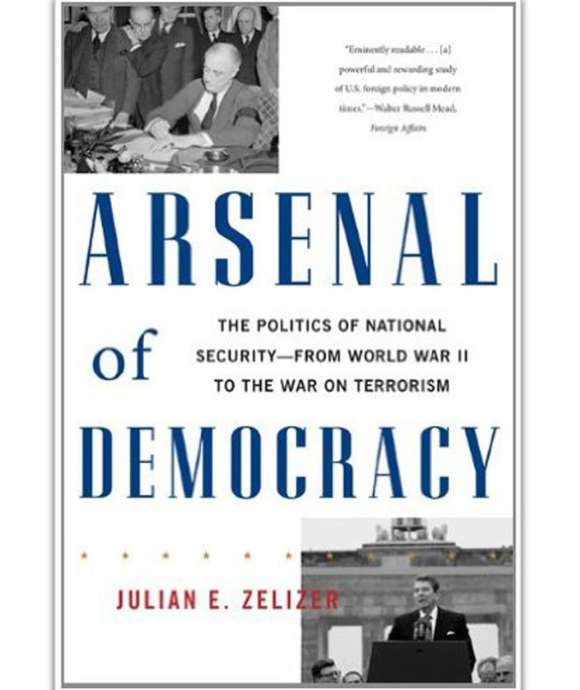
Arsenal of Democracy
A definitive account of the complex interaction between domestic politics and foreign affairs over the last six decades, Arsenal of Democracy is essential reading for anyone interested in the politics of national security. Every Museum Store purchase helps fund our education mission.
Keith Huxen
Keith is the former Senior Director of Research and History in the Institute for the Study of War and Democracy at The National WWII Museum.
Cite this article:
MLA Citation:
APA Citation:
Chicago Style Citation:
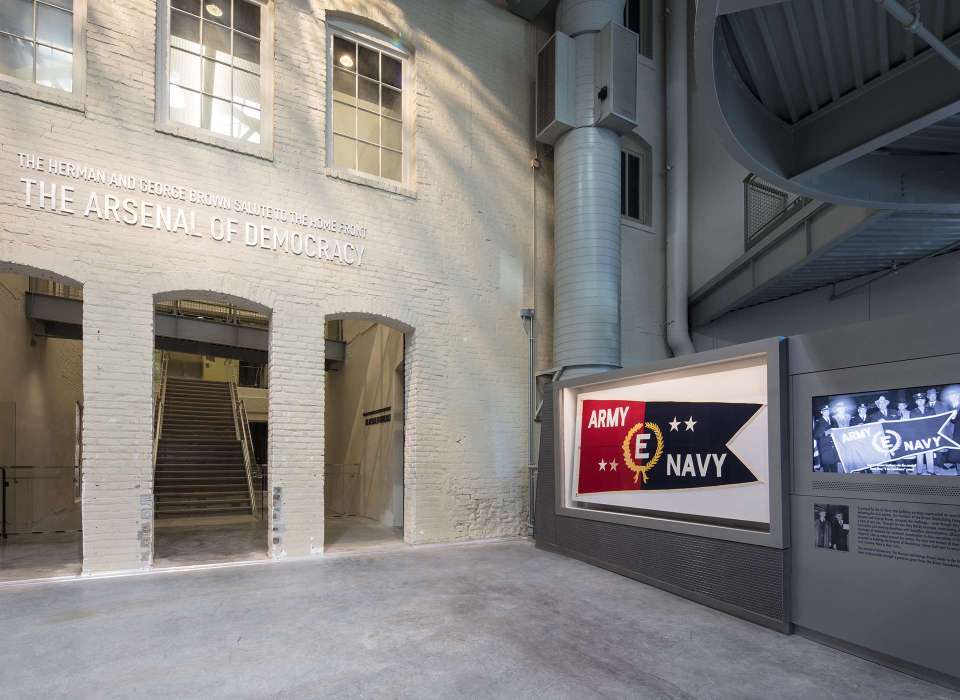
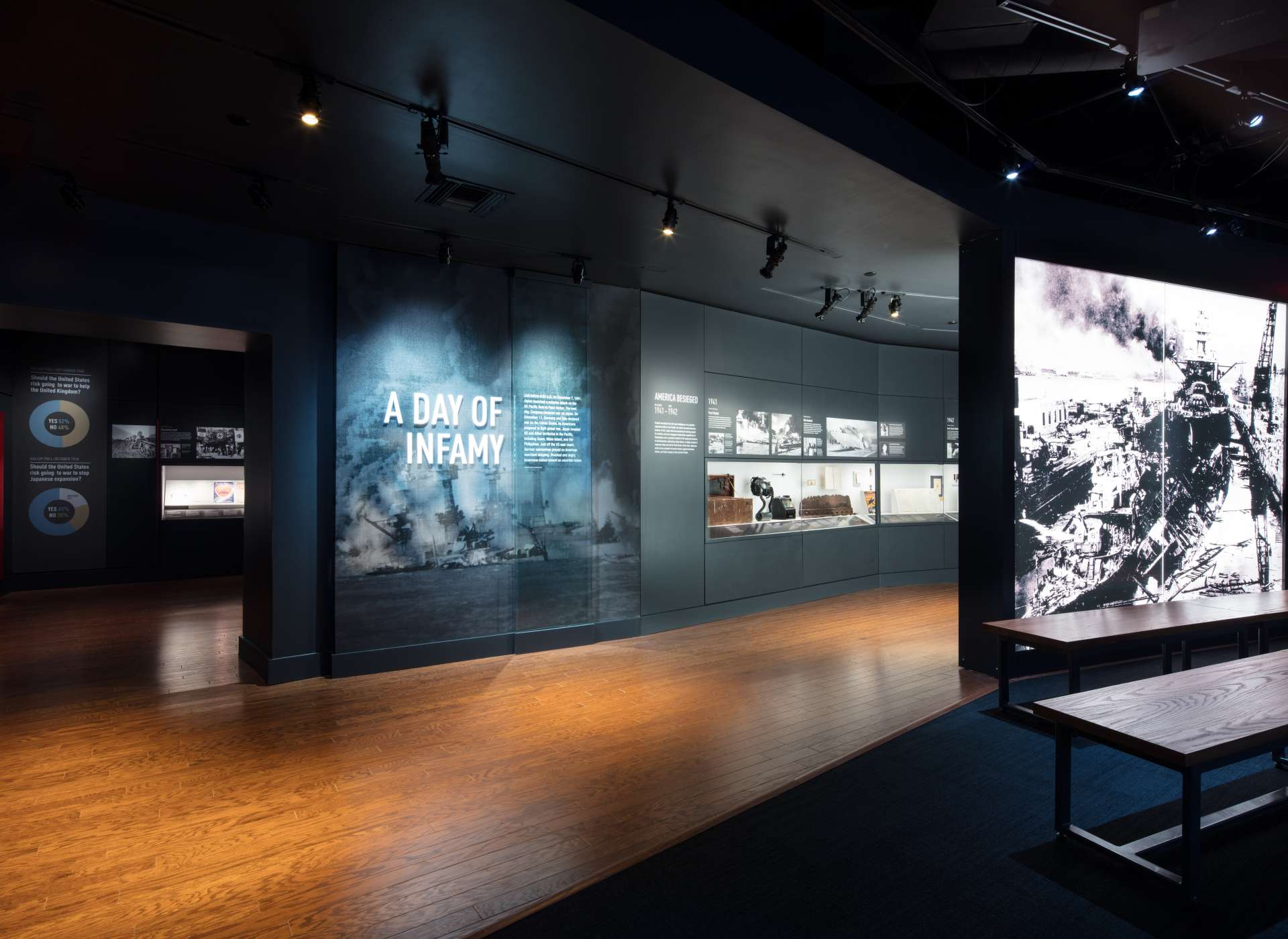
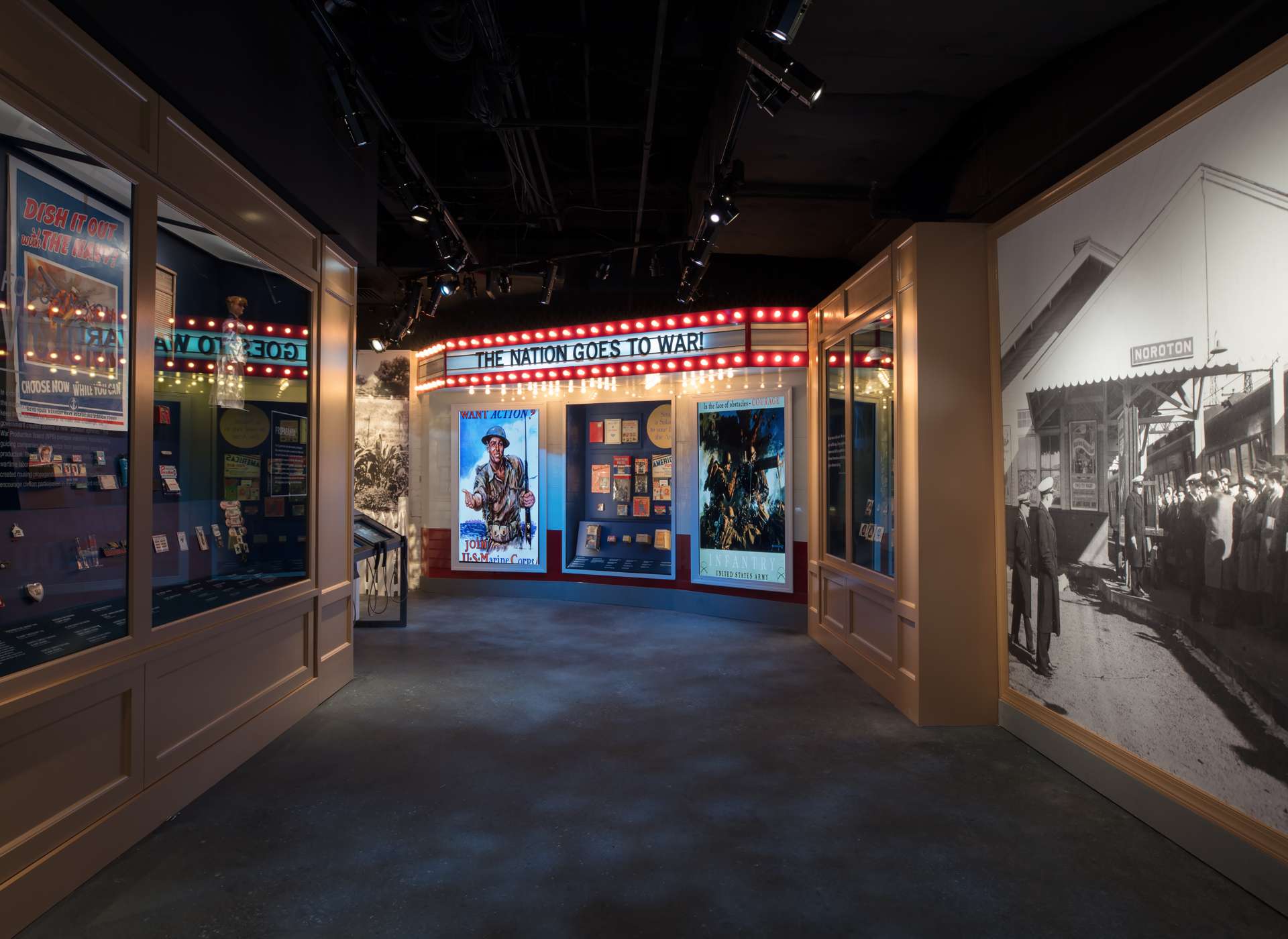
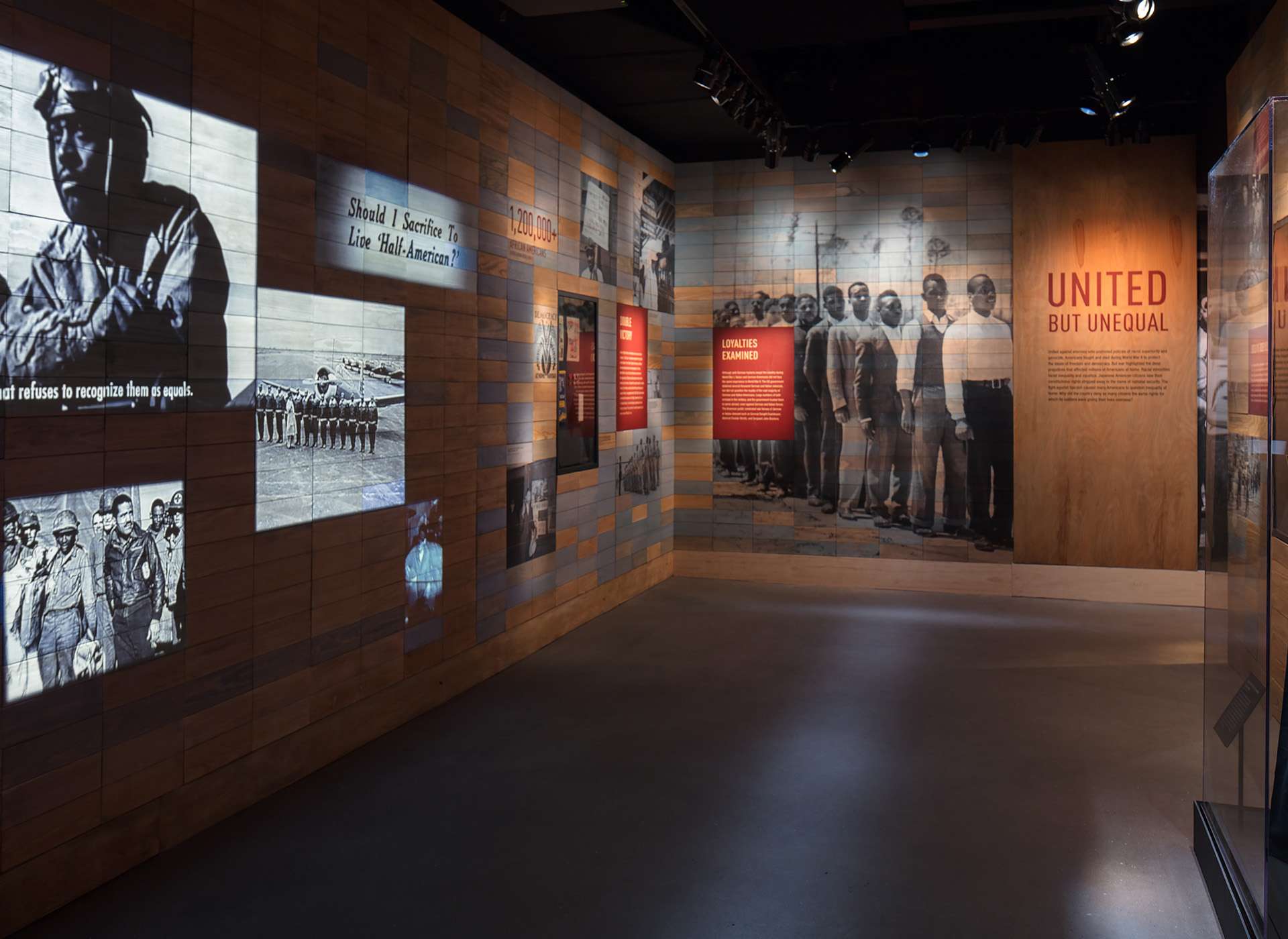
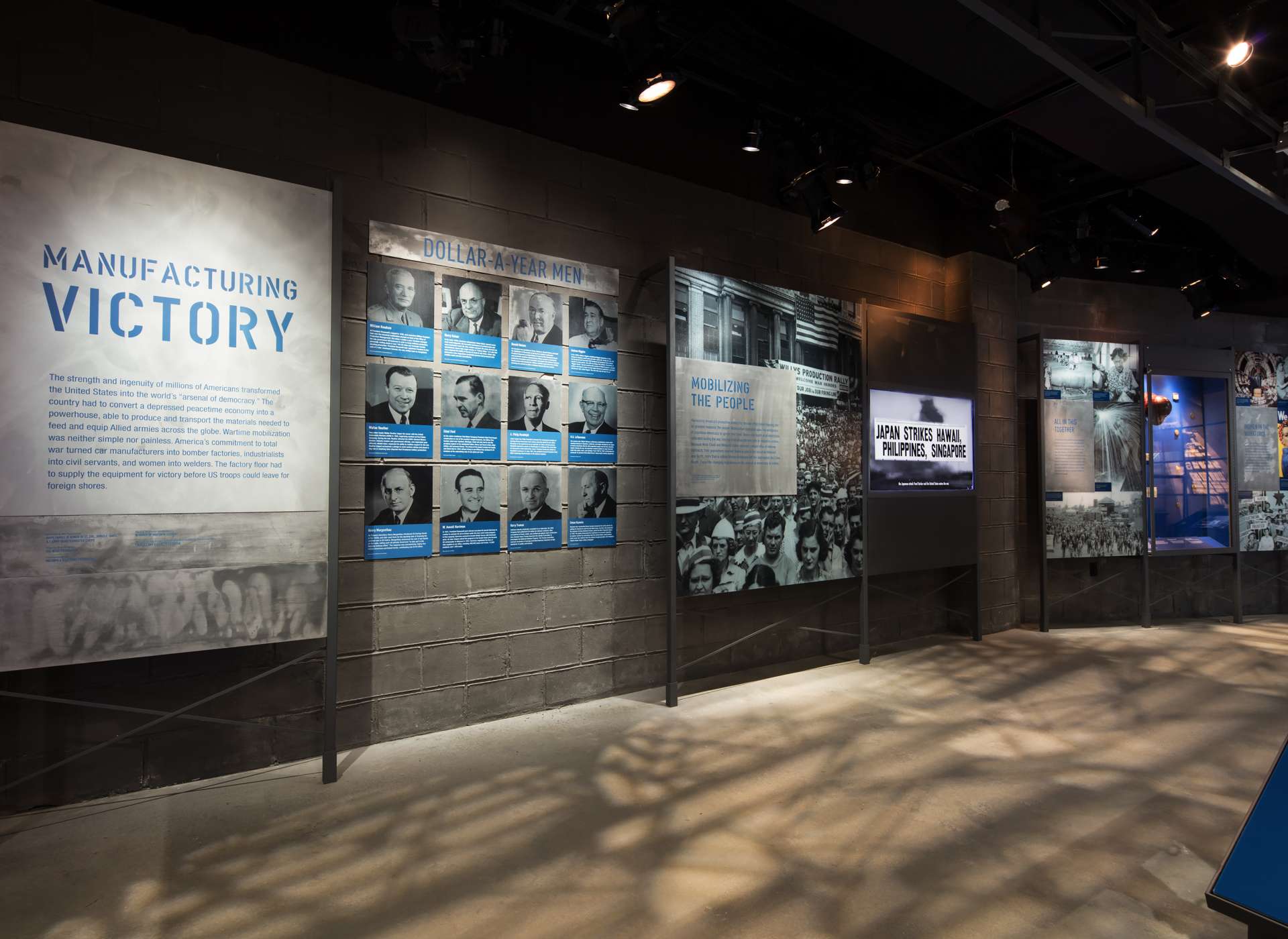
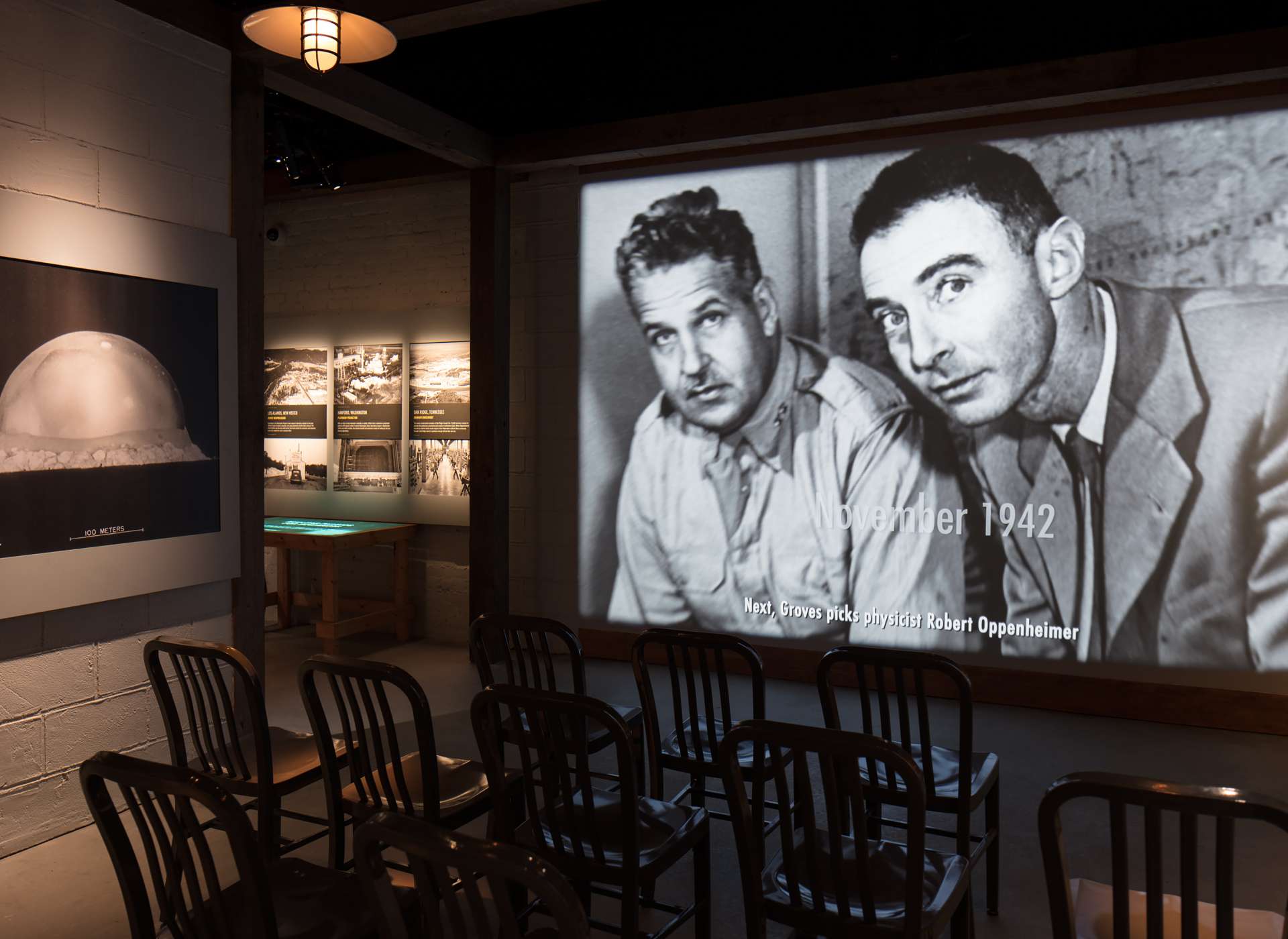





![Max Fuchs, New York City cantor, sings as Rabbi Sydney [sic] Lefkowitz, Richmond, VA, conducts the first Jewish services from Germany.](/sites/default/files/styles/max_650x650/public/2025-10/image1.jpg)


